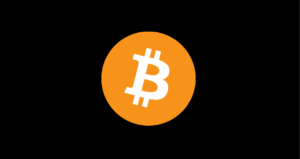NFTs, short for Non-Fungible Tokens, have been making waves in the world of cryptocurrency and digital art. If you’re new to this concept, let’s break it down in simple terms. Unlike cryptocurrencies like Bitcoin or Ethereum that are interchangeable and have the same value, NFTs are unique digital assets that represent ownership of a particular item or piece of content.
Now, you might wonder how NFTs work and why they are becoming so popular. NFTs are built on blockchain technology, which is a secure and transparent digital ledger that records all transactions. This ensures that each NFT is one-of-a-kind and cannot be duplicated or forged. Artists, musicians, and creators are using NFTs to tokenize their work, allowing them to sell digital pieces as unique collectibles.
One key aspect of NFTs is their immutability, meaning that once a token is created, its ownership and history are permanently recorded on the blockchain. This gives buyers assurance that they are indeed purchasing an original piece and not a copy. The unique properties of NFTs make them highly sought after for digital art, collectibles, virtual real estate, and even in-game items.
To buy or sell NFTs, you would typically use a cryptocurrency wallet that supports these tokens. Platforms like OpenSea, Rarible, and Mintable are popular marketplaces where you can browse, buy, and sell NFTs. When purchasing an NFT, you receive a digital token that proves your ownership of the specific item, which you can store in your wallet or display in a digital gallery.
One crucial detail to consider when dealing with NFTs is gas fees. These fees are charges that cover the cost of processing transactions on the blockchain network. Since NFTs are often traded on the Ethereum network, gas fees can vary based on network congestion and activity. It’s essential to factor in these fees when buying or selling NFTs to ensure you are aware of the total cost involved.
Another fascinating aspect of NFTs is their potential for royalties. When an artist sells an NFT, they can program it to automatically receive a percentage of the resale value whenever the token changes hands. This feature benefits creators by enabling them to earn ongoing revenue from their work, even after the initial sale.
In conclusion, NFTs offer a new and innovative way for creators to monetize their digital content and for collectors to own unique pieces of art and culture. As the popularity of NFTs continues to grow, understanding the basics of this technology can open up exciting opportunities in the world of digital assets. So whether you’re an artist looking to showcase your work or an investor interested in acquiring rare digital collectibles, exploring the world of NFTs could be a rewarding venture.

